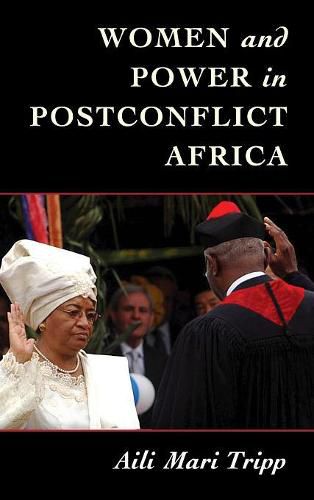Readings Newsletter
Become a Readings Member to make your shopping experience even easier.
Sign in or sign up for free!
You’re not far away from qualifying for FREE standard shipping within Australia
You’ve qualified for FREE standard shipping within Australia
The cart is loading…






The book explains an unexpected consequence of the decrease in conflict in Africa after the 1990s. Analysis of cross-national data and in-depth comparisons of case studies of Uganda, Liberia and Angola show that post-conflict countries have significantly higher rates of women’s political representation in legislatures and government compared with countries that have not undergone major conflict. They have also passed more legislative reforms and made more constitutional changes relating to women’s rights. The study explains how and why these patterns emerged, tying these outcomes to the conjuncture of the rise of women’s movements, changes in international women’s rights norms and, most importantly, gender disruptions that occur during war. This book will help scholars, students, women’s rights activists, international donors, policy makers, non-governmental organizations (NGOs) and others better understand some of the circumstances that are most conducive to women’s rights reform today and why.
$9.00 standard shipping within Australia
FREE standard shipping within Australia for orders over $100.00
Express & International shipping calculated at checkout
Stock availability can be subject to change without notice. We recommend calling the shop or contacting our online team to check availability of low stock items. Please see our Shopping Online page for more details.
The book explains an unexpected consequence of the decrease in conflict in Africa after the 1990s. Analysis of cross-national data and in-depth comparisons of case studies of Uganda, Liberia and Angola show that post-conflict countries have significantly higher rates of women’s political representation in legislatures and government compared with countries that have not undergone major conflict. They have also passed more legislative reforms and made more constitutional changes relating to women’s rights. The study explains how and why these patterns emerged, tying these outcomes to the conjuncture of the rise of women’s movements, changes in international women’s rights norms and, most importantly, gender disruptions that occur during war. This book will help scholars, students, women’s rights activists, international donors, policy makers, non-governmental organizations (NGOs) and others better understand some of the circumstances that are most conducive to women’s rights reform today and why.